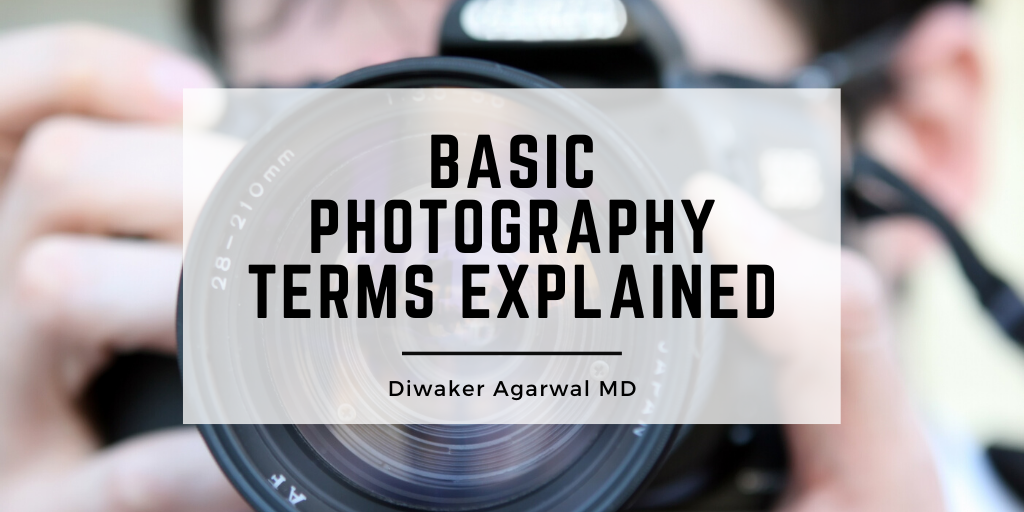Photography is a great hobby to get into! It can be as simple as picking up a camera and taking a few shots. With modern technology, smartphone cameras are comparable to many mid-range cameras, so photography is more accessible than ever before. As a beginner, however, you might not be satisfied with the quality of your images. In the case of a DSLR (digital single-lens reflex) camera, what you see through the viewfinder isn’t always what you get. As with any hobby, there are some basics to learn first. From there you can expand on your skillset and build mastery. In today’s blog, we’re explaining some key photography terms.
Exposure
Exposure is the most important aspect of a photo; after all, a photo is an exposure. Simply put, exposure refers to how light or dark an image is. The term originates from the process by which photos are created: a sensor or film strip is exposed to light. A photo that is too dark is considered underexposed because it was not exposed to enough light. A light photo is overexposed or exposed to too much light. Aperture, shutter speed, and ISO are the three things that control exposure.
Aperture
The aperture is the size of the opening of the lens. A wider aperture lets in more light to create a brighter image, while a smaller aperture lets in less light. Aperture is measured in f-stops, and it works inversely to the size of the opening. A small f-stop like f/1.8 is a wide opening, and a large opening like f/22 is a narrow one. In addition to determining an image’s exposure, aperture also affects how much of the image is in focus.
Shutter Speed
The shutter is the part of the camera that opens to let light in to take a picture. Shutter speed is how long the shutter stays open. Shutter speed is written in seconds or fractions of a second. The longer the shutter stays open, the more light it lets in, but anything that moves while the shutter is open will be a blur.
ISO
The ISO determines the camera’s sensitivity to light. The higher the ISO, the more sensitive it is, and thus you end up with a brighter image. For example, a lower ISO, like ISO 100 isn’t very sensitive, but that makes it suitable for shooting in bright conditions like daylight. An ISO if 3200 means that your camera is very sensitive to light, so you can shoot in low light. The tradeoff is that with higher ISOs, you end up with images that are grainy and have less detail.
